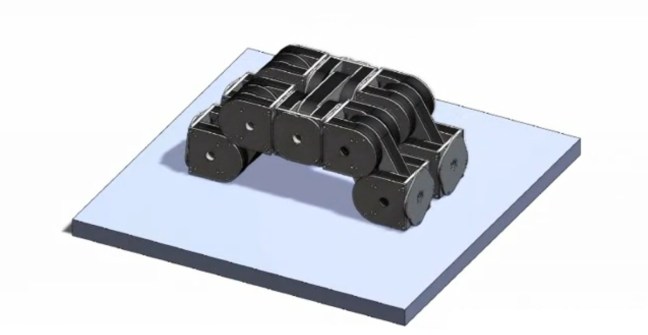
The only thing more dangerous than an evil time-travelling robot from the future is a time-traveling robot that can rebuilt itself after you destroy it. The iMobot can already do that. Researchers at the University of California-Davis have created a new robot capable of reconfiguring itself into a number of different forms so that it can connect up (like Voltron) with other robots of its kind.
The modular robot is designed to be capable of several different types of movements, which will help it traverse a variety of terrain types. It can crawl, turn, become narrow, drive, and even stand itself up and turn into a camera to survey the area around it. It does this with two joints capable of 180 degrees of movement and rotating faceplates.
Currently, the iMobot is designed for search and rescue operations, research, teaching, and “rapid prototyping of complex robotic systems,” but we’re keeping an eye on its progress. The video below demonstrates its movements.
While you’re in awe, take a look at the death rays and robotic armies that the Navy is trying to build. If you thought The Iron Giant was merely heartwarming science fiction, think again. And I don’t have to tell you what will happen when they figure out how to make this thing out of liquid metal.


